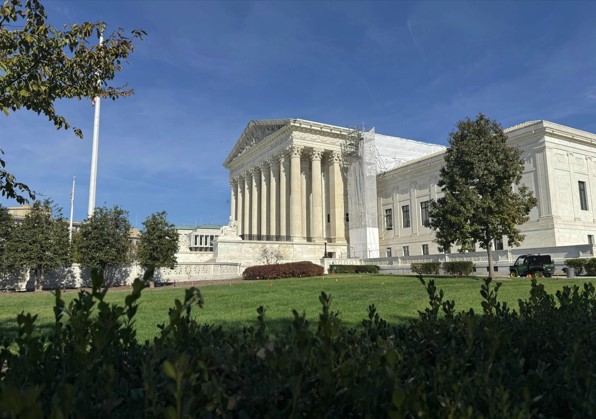Supreme Court Halts Grant Reinstatement Order Amidst Legal Dispute
on Apr 4, 2025
at 5:38 pm
On April 4, 2025, the Supreme Court voted to suspend an order issued by a federal judge in Massachusetts that mandated the Department of Education to restore over $65 million in grants previously terminated due to their association with diversity, equity, and inclusion initiatives.
Rationale Behind the Court’s Decision
The unsigned opinion from the court indicated that once the government dispenses the funds, reclaiming them would be challenging if the litigation continued. The justices noted that withholding the funds would not cause permanent harm to the grant recipients during the legal proceedings.
The decision was narrowly divided, with a 5-4 vote. Chief Justice John Roberts stated that he would have rejected the administration’s request. In dissent, Justice Elena Kagan described the ruling as a misstep, while Justice Ketanji Brown Jackson criticized the majority’s view that the government’s appeal constituted an emergency.
Context of the Case
This case revolves around two grant programs designed to mitigate the nationwide teacher shortage. The Department of Education initially eliminated 104 out of 109 grants after discovering “objectionable” equity-related training materials associated with the programs.
In response, eight states, headed by California, filed a federal lawsuit in early March, arguing that the termination was unlawful and violated the regulations governing administrative agencies. A federal district judge subsequently issued a temporary order requiring the reinstatement of the terminated grants.
Government’s Responses and Legal Interpretations
Following the district court’s ruling, the U.S. Court of Appeals for the 1st Circuit declined to stay the order but expedited the appeal process. The Trump administration then presented its case to the Supreme Court on March 24, arguing that federal courts were overstepping their authority by mandating the restoration of the grants.
The majority of justices determined that the lower court’s order resembled a preliminary injunction, which is generally subject to appellate review. They suggested that the judge might lack the authority to mandate payments under federal administrative law, referring instead to the Tucker Act, which allocates such disputes to the Court of Federal Claims.
Dissenting Opinions
In her dissent, Justice Kagan pointed out that the government had not justified the legality of terminating the grants. She expressed concern that the states challenging the grant cancellations would indeed suffer significant impacts on their educational programs due to the loss of funding.
Justice Jackson echoed this sentiment, criticizing the majority’s intervention and noting that the district court’s order would expire soon, thus only affecting broader grant terminations but allowing for individual assessments of grant cancellations.
Broader Implications and Conclusion
This ruling raises critical questions about the balance of power between federal authorities and judicial oversight in matters related to funding and educational policies. The discord among the justices underscores differing interpretations of the law and implications for similar future cases.
This situation highlights the ongoing challenges within the realm of educational funding, particularly regarding programs that emphasize diversity and equity, thus signifying both immediate and long-term impacts on how federal grants are managed.

